In South Eastern Zimbabwe lies the Savé Valley Conservancy, a success story of 18 individual, adjacent cattle ranches, who in 1991 agreed to remove their fencing in favour of reintroducing wildlife to 600,000 acres of arid bush. Today, the conservancy is home to a fantastic array of African wildlife and a fleet of ageing but ruthlessly dependable Toyotas, including this veteran Land Cruiser 70 Series.
This 70 Series is now used sparingly in its retirement but arrived brand new at the conservancy back in 2002 and has barely known a day of rest since. The brakes don’t work as well as they used to, so to bring it to a quick stop, which is often a necessity with plentiful wildlife about, means to jam it into second and release the clutch with much wincing. The procedure for a complete stop involves a passenger, a gentle uphill and a large rock jammed behind the front wheels, or, a suitably sturdy tree.
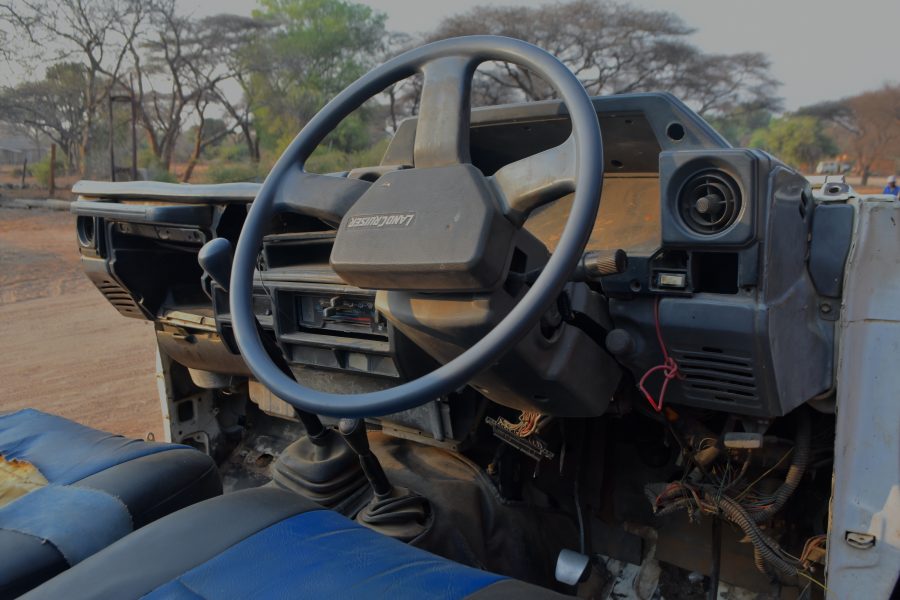
The odometer has long since clocked over and ceased to function, unable to keep up with the relentless turning of the battered wheels. But the body is still strong. Working on a conservative average of 437 miles (700 kilometres) a week, we can assume by now that this machine has covered upwards of 450 000 miles, and very few of them easy ones.
This Land Cruiser 70 Series has supported anti-poaching operations for much of its life, transporting scouts, resupplying them with rations, and chasing poachers to places they thought no vehicle could go, all in the pursuit of conservation. In the 6-7 month long dry season, where Africa’s notorious red dirt, of Blood Diamond fame, said to take its colour from the blood spilt fighting over it, is a fine powder that finds its way into every crevice, including the air intake. And when the rains arrive, the same roads become waterways, and the fine powder a clay-like mud. The sandy river beds flood to become raging torrents, making the many crossings required to reliably sustain scouts in the field all the riskier, and that’s before you add the ever-angry and aggressively territorial hippo to the mix. It’s one thing to heroically wade in and check the depth of the river at the bottom of your farm in Oxfordshire before crossing, but Africa doesn’t afford the same luxuries.
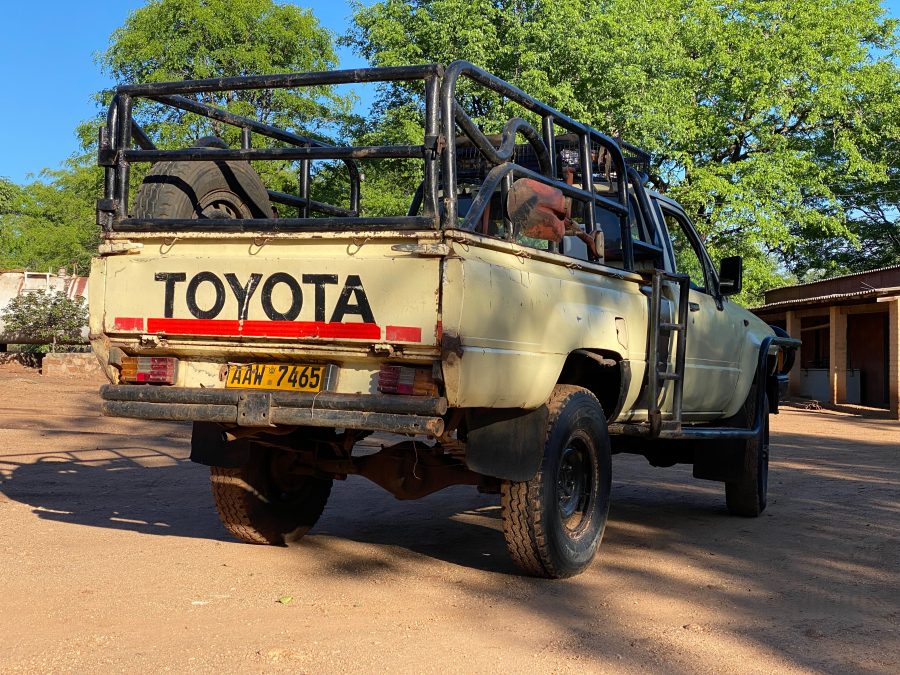
The expression goes that “Any time is tea-time, in anti-poaching.” So, when reaction teams are scrambled at a moment’s notice to react to an incursion, they’re safe in the knowledge that the vehicle they’re so dependent on will get them where they need to be, whether reacting to well-equipped, well-organised crime syndicates in search of rhino horn, or bushmeat poachers operating by night and hoping to sell their gains in local markets. The Savé Valley serves as a prime example of human-wildlife conflict, where a rapidly growing population encroaches on ever-shrinking wildlife areas, and wildlife scouts are all that stand between these two forces, aided and enabled by their vehicles.
The Land Cruiser family is now over 70 years old. It’s Toyota’s longest-running model for a reason. That reason lies in its outrageous durability, bulletproof build quality, and in the nature of its engineering which means it can be fixed in scantily equipped bush workshops, in the extreme conditions that it does, rarely, fail. The varied conservancy fleet also includes a number of Hiluxes, for example, this 4th Gen (1983-1988) model, equally as reliable, and fitted with a seat on the bullbar to aid in picking up tracks. But, while there is some aspect of romance and resolute hardiness in these veteran vehicles, they’re also a sign of the struggles faced by conservation efforts, more often than not lacking the necessary funding to replace older models with newer, more efficient modern ones. Without such steadfast vehicles, it’s fair to say that conservation, in some places, may not exist at all.
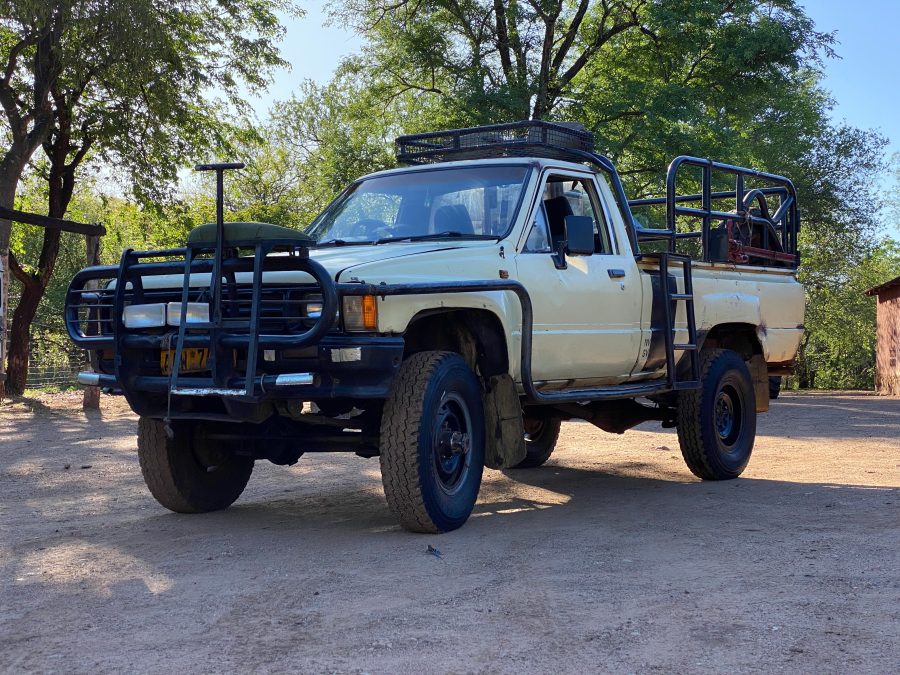
In March 2022, my friend and I set out to drive from his local pub in the Orkney Islands, in Scotland, to my local pub in Harare, Zimbabwe. To achieve this, we bought a completely stock 1998 Land Cruiser Colorado, and drove down the coast of West Africa, tackling some of the continent’s most feared roads. What we saw in the remotest corners of the deepest, darkest Africa, outside of the inevitable 125cc moto-scooter, was the 70 Series Cruiser. Inevitably, they were far from showroom condition, but when they’re ferrying camels across the vast Sahara Desert in Mauritania, or searching for forest elephants in the thick, impenetrable jungle of the Congo River Basin, nobody could expect them to be. The camel is notorious for its hardiness and endurance in the harshest conditions, so what nature of vehicle carries the camel?
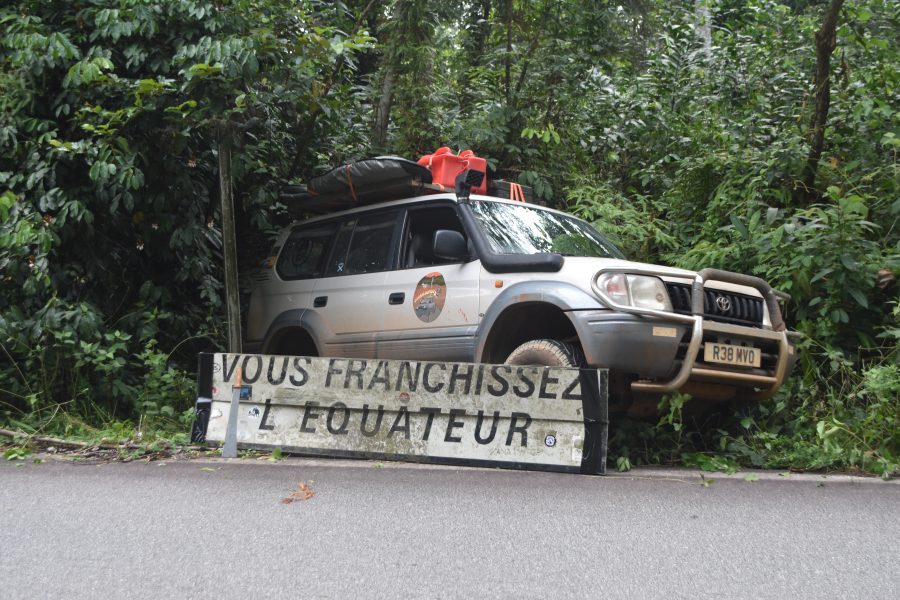
They say that for many people in hard-to-reach places, the Land Rover was the first car they had ever seen. But today, while other 4X4s rust in the undergrowth, this Land Cruiser 70 Series continues to conquer.
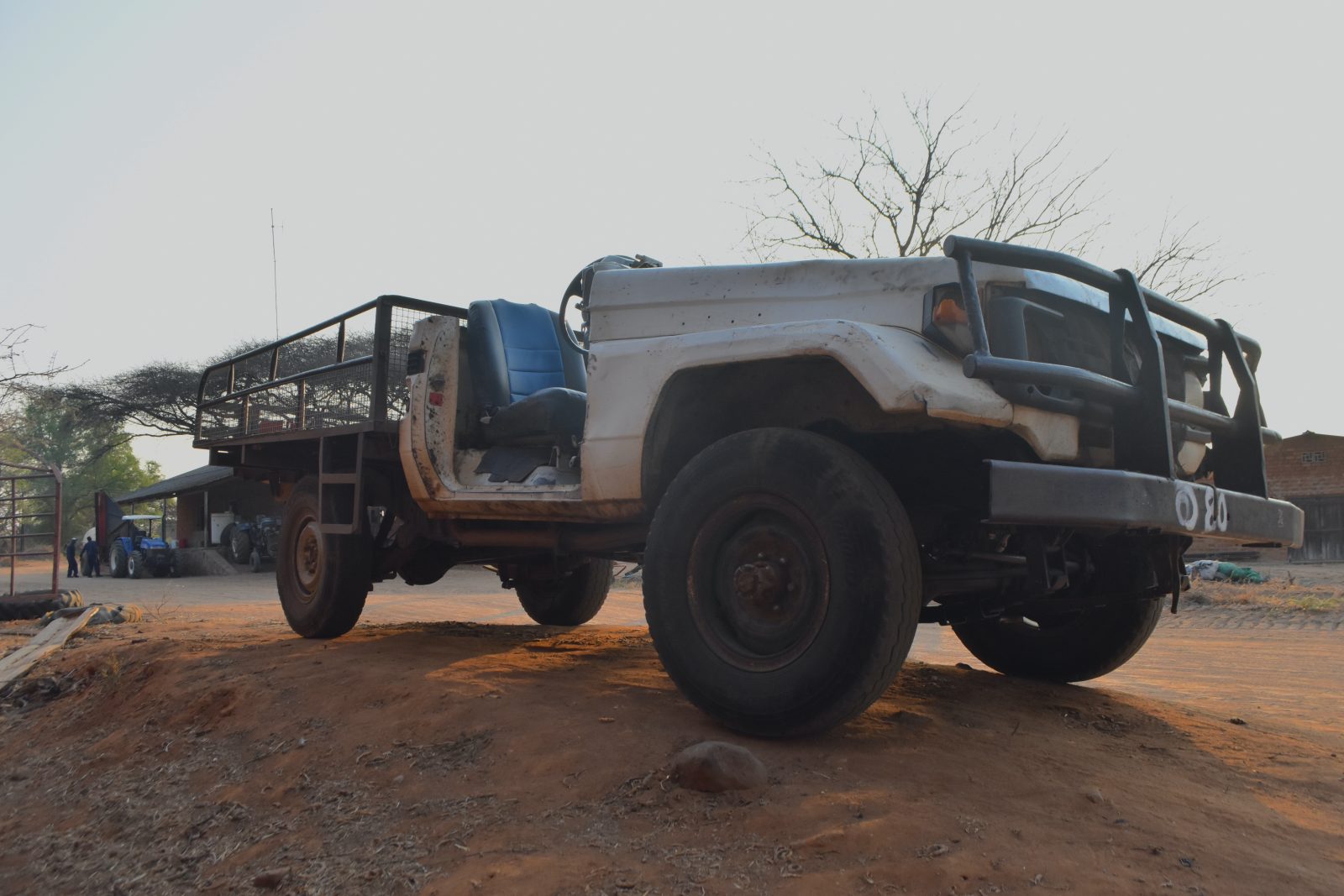

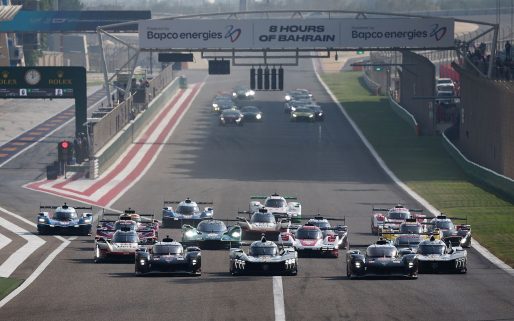

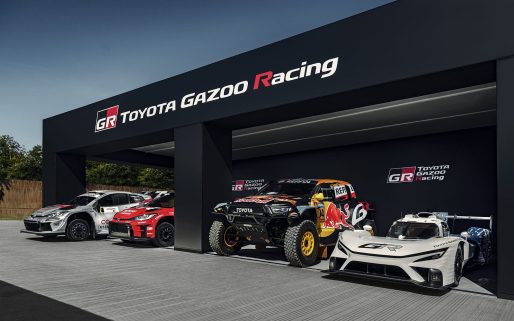
Great article! I now no what I am getting as my next car 🚙 💫 ahahah 11/10!